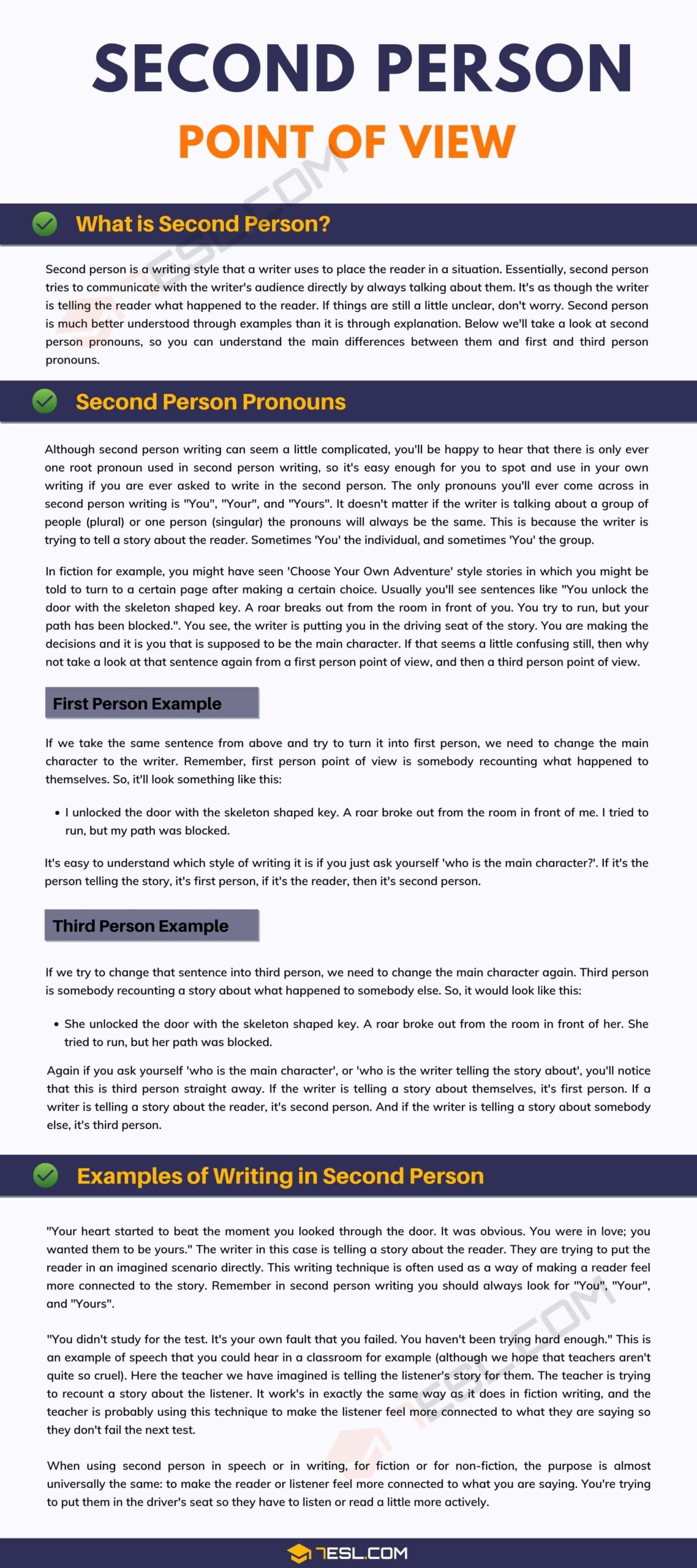When it comes to pronouns, it’s important to understand the different types and how they are used in language. Second person pronouns are a key part of communication, as they directly address the reader or listener. By using these pronouns, you can create a more engaging and interactive conversation.
In English, second person pronouns are used to address the person or people being spoken to. This can range from singular pronouns such as “you” to plural pronouns like “you all” or “y’all”. These pronouns play a crucial role in everyday communication and are essential for forming connections with others.
Examples of 2nd Person Pronouns
1. You – “Can you please pass me the salt?”
2. Your – “Is this your book?”
3. Yours – “The keys are yours.”
4. Yourself – “Take care of yourself.”
5. You all – “Are you all coming to the party?”
When using second person pronouns, it’s important to consider the context in which they are being used. These pronouns can help to create a sense of direct address and engagement with the listener or reader. By incorporating them into your speech or writing, you can make your communication more personal and effective.
Second person pronouns are also commonly used in instructional and informative content. For example, in recipes or manuals, you might see phrases like “Mix the ingredients until you have a smooth batter” or “Make sure you follow the safety guidelines.” These pronouns help to guide the reader or listener through the process in a clear and direct manner.
Overall, second person pronouns play a crucial role in language and communication. By using these pronouns effectively, you can create a more engaging and interactive conversation. Whether you are addressing one person or a group, incorporating second person pronouns can help to establish a direct connection and enhance the impact of your message.
In conclusion, understanding and using second person pronouns is essential for effective communication. By incorporating these pronouns into your speech and writing, you can create a more engaging and personalized interaction with your audience. So, next time you are communicating with others, remember the power of second person pronouns in making your message more direct and impactful.
